Baby-Cams Show How Babies Use Body Language Well Before Speaking
Research studies using tiny video cameras attached to headbands have shown that babies display a surprising depth of communication and social interaction well before they can speak. Watching play-backs of the videos shows that babies know how to form friendships, interact using body language to make other babies laugh and even make jokes. A group of researchers at Charles Sturt University in Australia have spent two years filming the behaviour of young children. The tiny cameras study provide a "baby's eye view" of the world and a unique way to study how babies in child-care interact and communicate. The researchers were very surprised at the level of sophistication shown by even the youngest babies. They exhibited a range of social skills offering help for other babies and a sense of inclusion. Babies appeared to try to make sure other children were invited to be part of their group. This article discussed what the study revealed about how babies communicate using body language and on non-verbal means of communication an interaction.
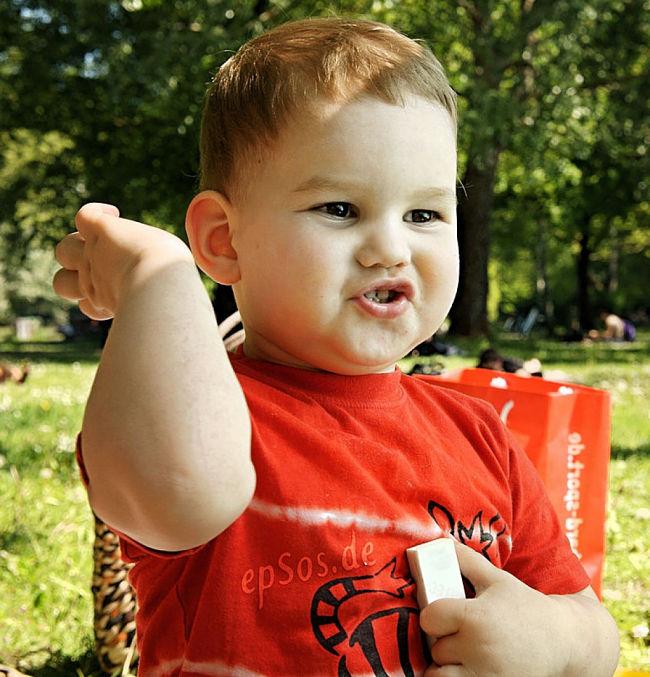
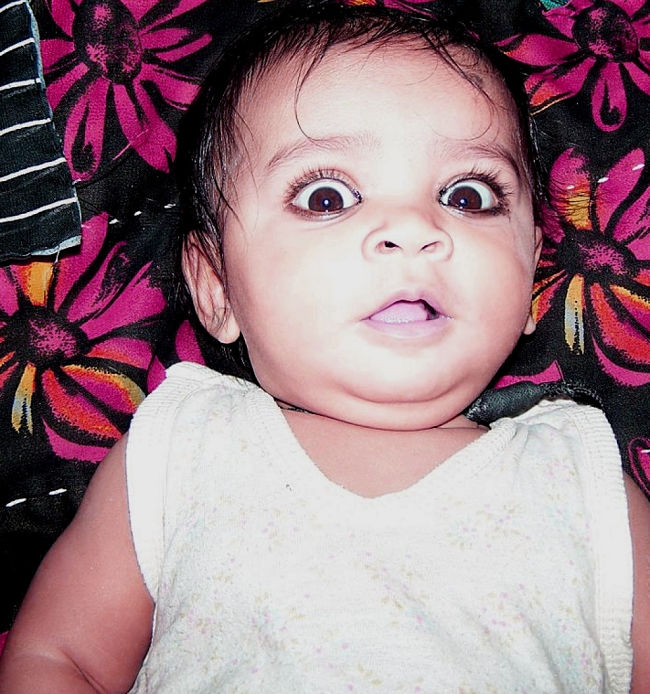
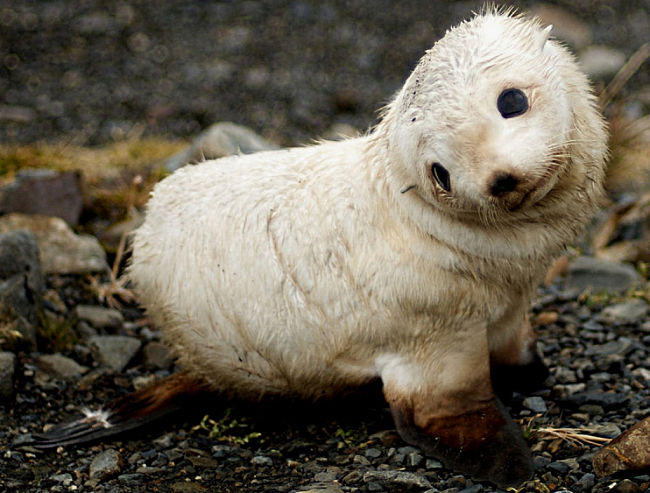
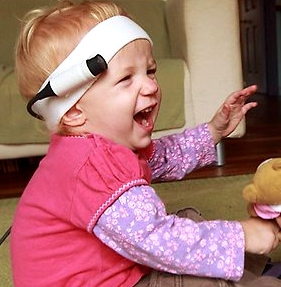
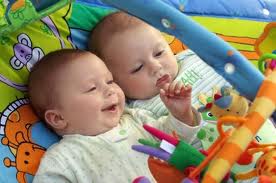
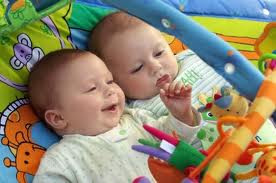
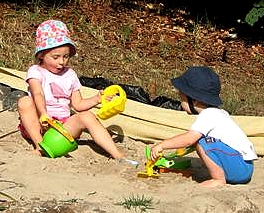
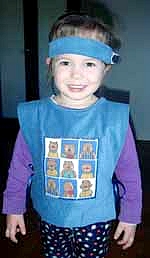
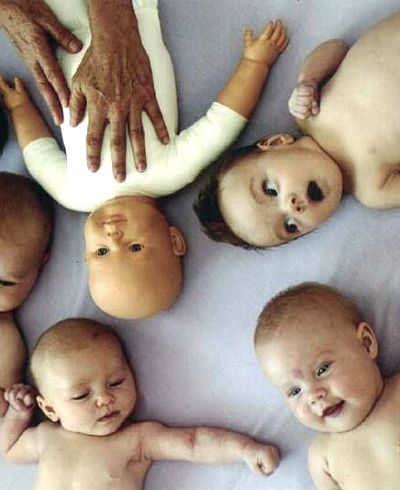
The baby-cams, fitted to head bands or hats, were used on children aged from six months to 18 months in child care. The researchers also filmed the children with standard remote video cameras. So the researchers were able to capture simultaneous footage – one providing an overview of the scene showing the various groups at play and the second from the baby-cam which enabled very close-up views of the babies gestures, facial expressions and detailed interactions. The combined footage played side by side provides an intriguing insight into the 'baby world' and their complex interactions. This provides a sense of what the world looks like from their perspective.
The footage is surprising in many ways as it illustrates just how big everyday objects appear to the child. You can see how a spoon with food on it, a toy, or a bottle of milk or water appear to the baby. Everyday objects and toys can look extremely large and the nearby babies faces also appear much larger that expected, because they are so close.
The baby-cams were only worn by an individual child for about 10 or 15 minutes, and only by babies that were happy to wear it and did not get upset or try to pull it off.
Studying the videos showed that young babies interacted with other babies through making eye contact, hand gestures, evoking responses by various actions and humour. They employed a variety of small social games that were revealed by the cameras that provided a 'baby-eye' view. The sophistication of this body language had not been shown before.
Some examples of the behaviour shown by the baby-cams were:
- Babies offering another child nearby a toy, only to snatch it away at the last minute to gauge the reaction
- Babies who sat close to each other in high-chairs deliberately switching their drink bottles around.
- One example caught on camera, a baby placed some see-through fabric over the head of another baby who was frightened, so the baby could see out but feel protected.
- Babies used sophisticated techniques to attract attention, make friends, manage interaction in group situations and even make each other laugh.
- Babies were much more capable or interacting with each other at a younger age than had been anticipated
- Babies interact with each other via eye contact, facial expressions, use of objects, subtle gestures and reaching out and sophisticated ways in which they make responses and 'non-verbal' conversations and interactions with each other.
The researchers hope the baby-cam study, which is on-going, will reveal the secret world of babies and their experience and social interactions in childcare. This will help carers to better understand the babies needs and to foster these interactions in the way the play space is organised and playgroup structure and dynamics.
The research project is part of an Australian Research Council-funded project to better understand what life is like family day care homes and long day care centres from the unique and largely unknown perspective of the babies and toddlers themselves.
General Body Language Cues of Young Babies
4 - 9 Months
By about four months of age, babies start to interact in a more coordinated way with their surroundings and people. They begin to experiment with understanding cause and effect and how to coordinate action and thought. Babies will use various signals to show you and other babies that they need and want. This includes raising the arms when a baby wants to be picked up. Kicking in the high chair when the baby is tired of sitting and wants to do something else. When a baby drops their toys from a high chair for their parents to retrieve they are initiating a game. Baby-cam can help identify many of these games and how they are played, through gestures and actions.
Babies this age also use many body language signals in a surprising number of ways. For example when a baby wants to indicate that the game you or another baby has been playing with them is over, the baby will break eye contact or turning away to something else. Many of the gestures and signals sent by the baby may be very hard to understand and don't seem to be related cause and effect. This is where the baby-cam study will help to better understand these body language signals.
9 - 12 Months
At about 9 months, most babies show a dramatic development of cognitive skills and abilities. They also show much more sophisticated interaction with the world and people in their space. As hand-eye coordination and become more developed, precise body language and various communication gestures, including facial expressions become more familiar and more commonly used by children. The baby will easily know how to communicate their needs, wants and feels, as well as their emotions, likes and dislikes. There is a negative side to this as babies can become more anxious and may seek out a familiar face with outstretched arm or turn away from danger or the thing that is troubling them and cling tightly to their carer, father or mother for reassurance.
Before long they child's body language and gestures will be supplemented and partially replaced with simple words, sentences and phrases. It is at this stage that the baby-cam will be very useful for studying the development of language and how it interacts with body language and non-verbal communication and relationships.